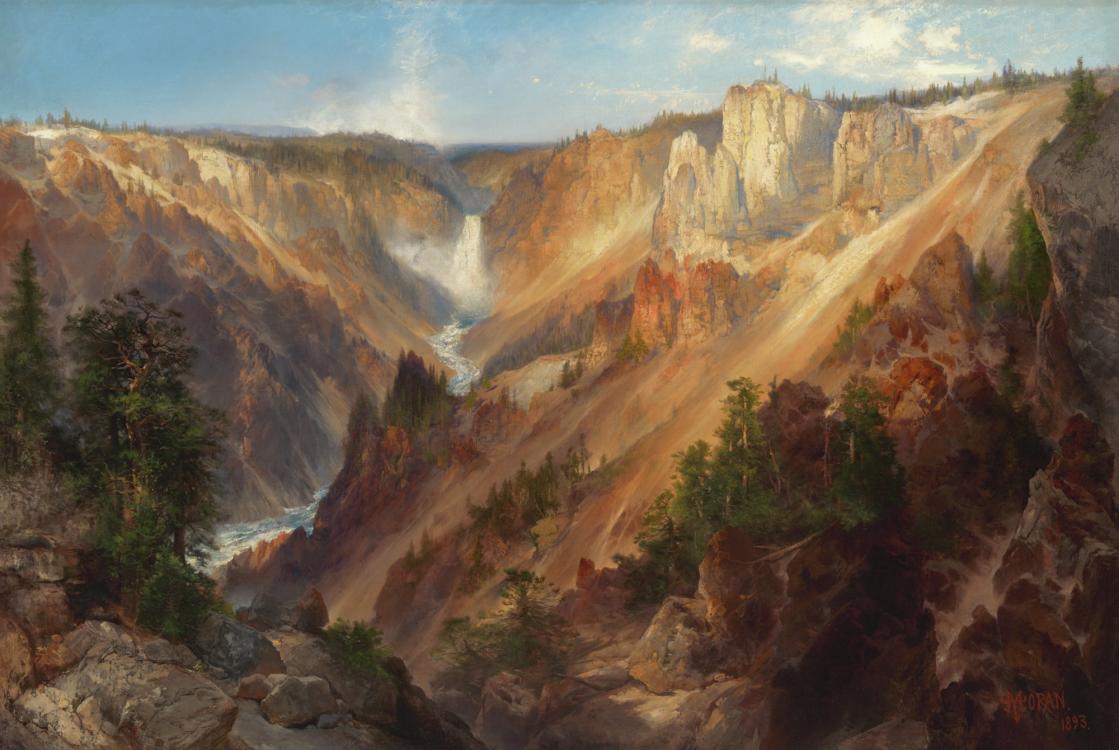Gilcrease Museum demolition
Remember when we voted on the Vision Tulsa package in 2016? Did you know you were voting to demolish Gilcrease Museum and build a smaller one in its place? Me, neither. But it was announced last month that demolition is what we're getting for our money. The historic 134,000-square-foot facility will be torn down and replaced with an 89,000-square-foot building that will, we are promised, have better storage conditions for artifacts and more display space.
In 2016, City of Tulsa residents voted for a package that included $65 million for renovation of the main building of the Thomas Gilcrease Institute of American History and Art, to better house the priceless collection of artwork and artifacts of the American West, a collection that the citizens of Tulsa purchased from oilman Thomas Gilcrease using a bond issue in 1954. Gilcrease bequeathed additional collections to the city upon his death. Tulsa citizens have continued to support the museum with taxpayer dollars.
According to the Gilcrease web page about Vision Tulsa, there are $73.6 million in public funds available for the rebuilding project, plus a $10 million donation from the A.R. and Marylouise Tandy Foundation. But another web page states that "Gilcrease Museum's managing partner, The University of Tulsa, is committed to raising an additional $50 million in private funds for an endowment to ensure the long-term sustainability of museum operations." You can well imagine the strings that will come attached to funds raised by GKU.
It was chilling to learn that the museum's executive director is former city councilor Susan Neal, an ardent opponent of historic preservation during her time as an elected official and as an aide to Mayor Kathy Taylor. In 2006, Neal pushed for watering down the CORE recommendations for downtown historic preservation, recommendations which were ultimately shelved. You can read my overview of Neal's political career in my report on the 2014 opening of Gilcrease's Helmerich Center for American Research.
Not only do I distrust Neal for her previous political behavior, it's worrisome that she serves in dual roles as Gilcrease executive director and as Vice President for Public Affairs at the University of Tulsa. In 2017, Neal was named as executive director not by the governing body of the owners of Gilcrease Museum and collection, but by then-University of Tulsa president Gerry Clancy, part of the public-private partnership deal enacted when Kathy Taylor was mayor in 2008 and extended for another decade by Dewey Bartlett Jr. in 2014.
In other words, Tulsa's priceless art collection is at the mercy of a failing university that has just undergone a hostile takeover and whose faculty is still in revolt.
The claimed reason for the City of Tulsa taking on TU as "managing partner" is the university's "nationally recognized academic expertise in western American history, art history, anthropology, and archaeology." Under TU's "True Commitment" plan, it will not be possible to earn a Master's in history, a Ph.D. in anthropology or archaeology, or to major in art history.
It's easy to imagine TU and its major donors using the leverage of the management partnership and the proposed $50 million to relocate the museum (to the Gathering Place, perhaps, or the TU campus), or to eliminate politically incorrect artwork (anything by white people depicting Native Americans, for example) and artifacts (e.g., the 1777 copy of the racist Declaration of Independence and Articles of Confederation), to so entangle the collection with TU and their management and donors that the citizens of Tulsa will never be able to reassert control over the museum and the collection.
Maybe everything will work out wonderfully, but my anxiety for Gilcrease comes from experience: Our city government has a terrible record when it comes to caring for our heritage and history, and for those of us who have been around for a while, it's chilling to see the likes of Susan Neal, an opponent of historic preservation during her time on the City Council, in a position of authority over this priceless collection. TU's role in Gilcrease is another source of concern, particularly with the recent conquest of TU's board. The Gilcrease collection was purchased by the City of Tulsa for the citizens of Tulsa; I am wary of the involvement of third parties who are unaccountable to the voters.
Tulsa's elected officials need to reassert the citizens' control over our priceless treasure and cut all ties with TU. If the current mayor and councilors won't do it, we need to elect new officials who will.
1 TrackBacks
Listed below are links to blogs that reference this entry: Gilcrease Museum demolition.
TrackBack URL for this entry: https://www.batesline.com/cgi-bin/mt/mt-tb.cgi/8658
Back at the beginning of March, we reported that Gilcrease Museum would not be renovated and expanded, as Tulsa voters were promised in April 2016, but would instead be demolished and rebuilt as a smaller facility, with the help of funding from the Uni... Read More
